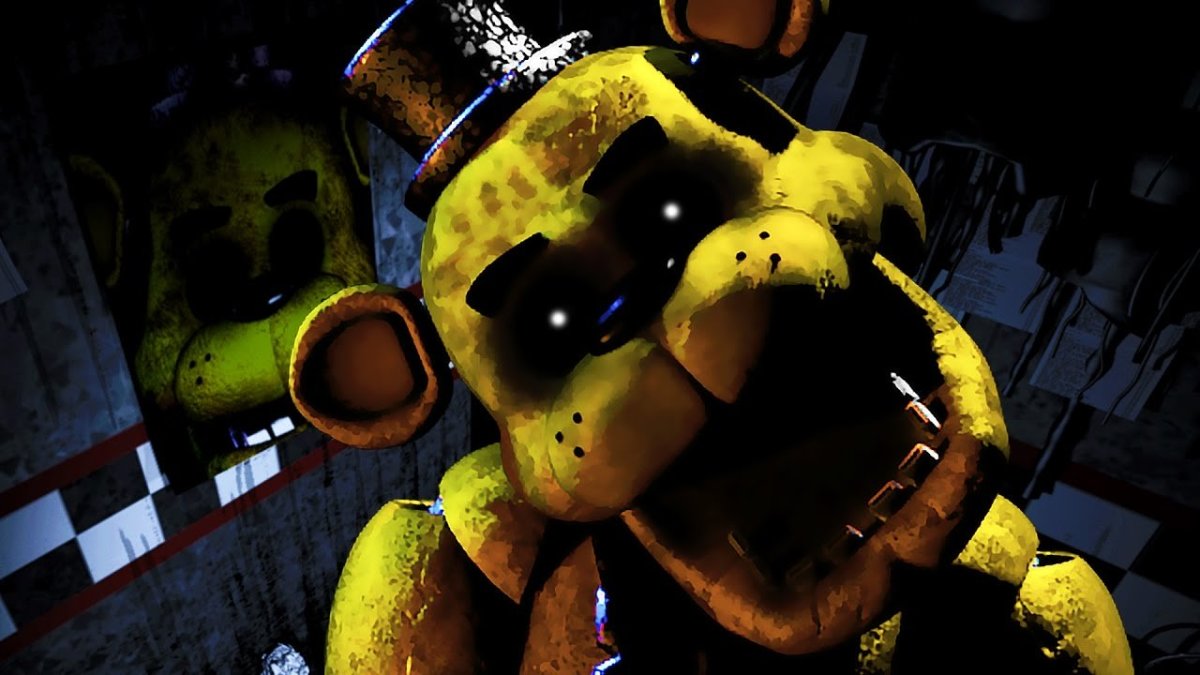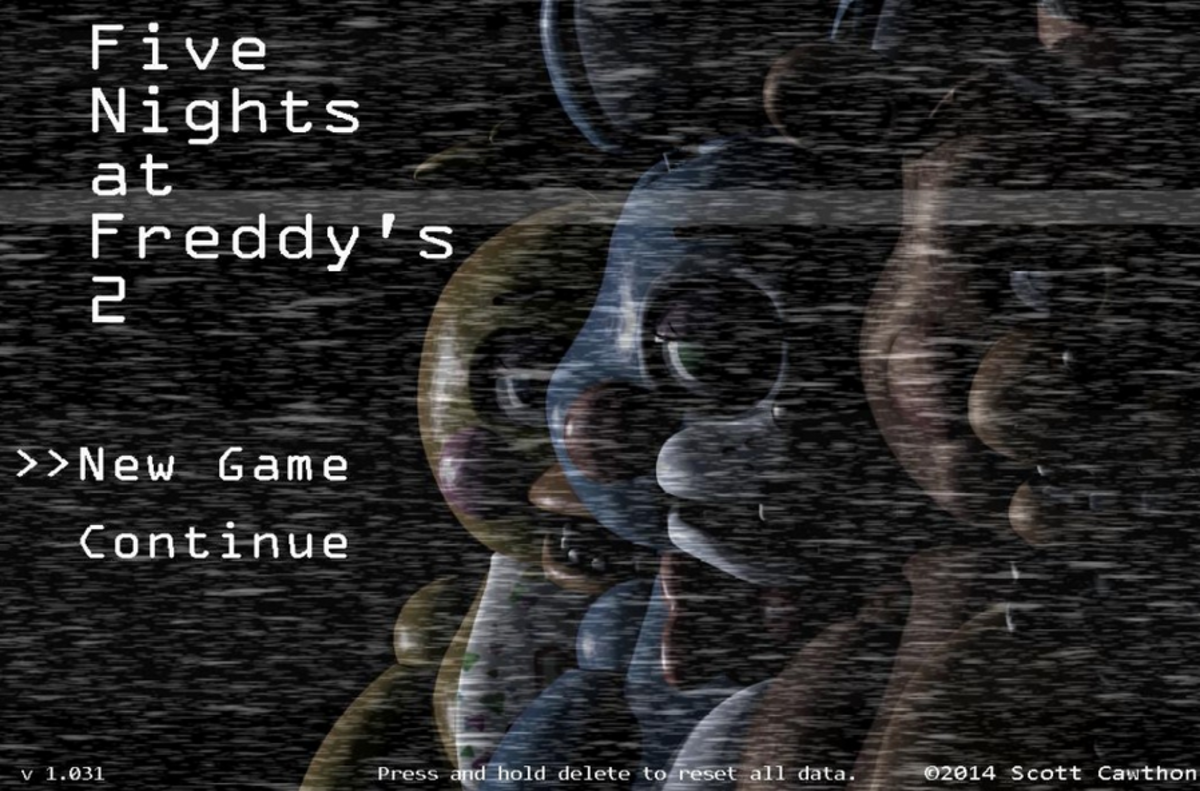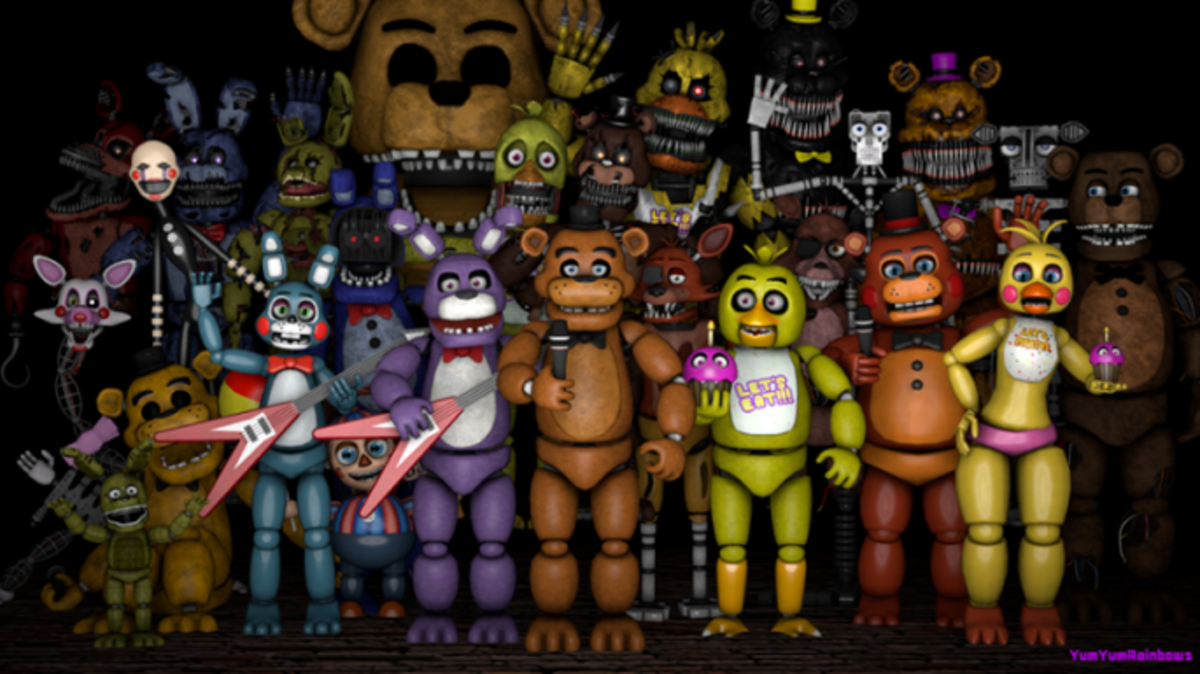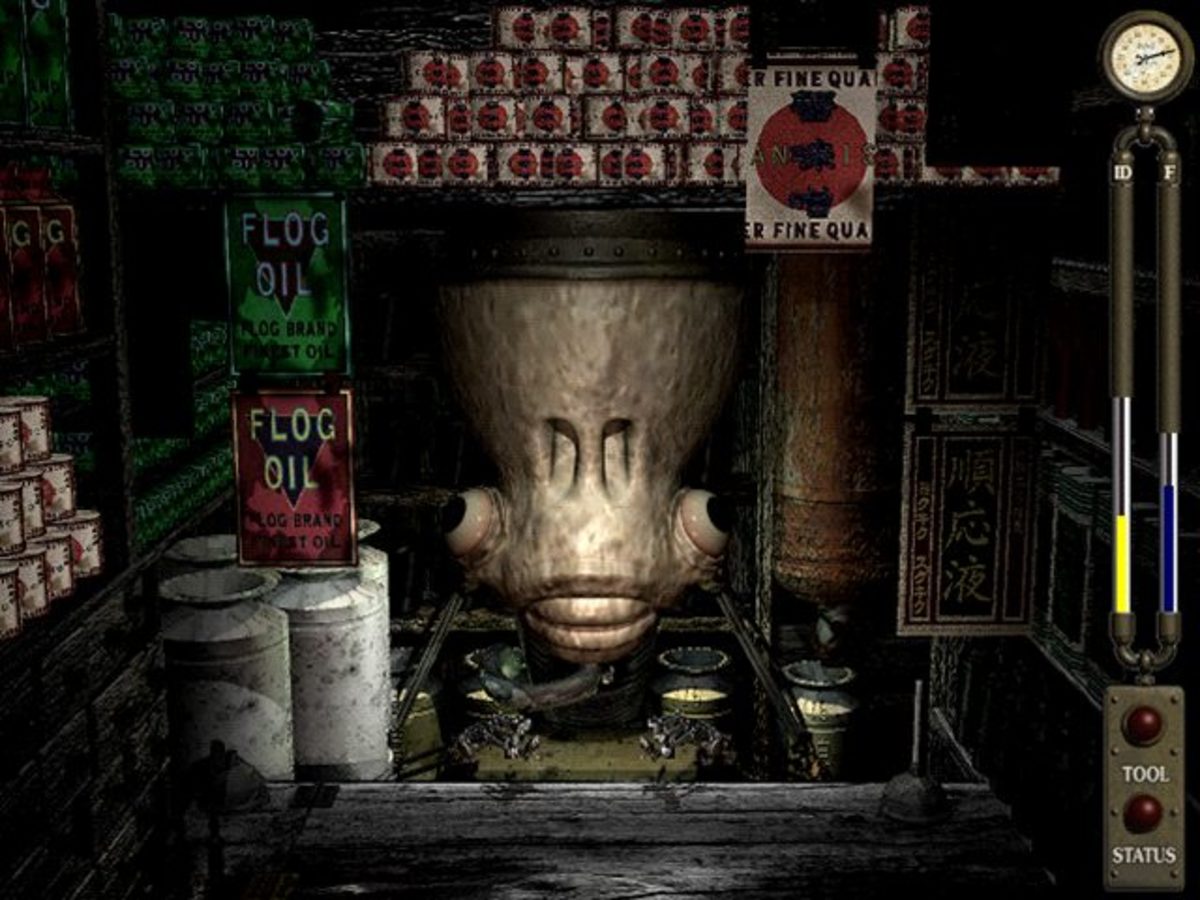Horror in Video Games: How is It Scary?

Fear
Fear can come from many sources. In recent years, a good source of fear came from video games. With the vast improvements of software, the graphics of many video games could be rendered in a way where one could create one or many scenes of visceral horror. But there are other factors that make a scary video game. These factors included:
- Taking place in a dilapidated area. When a place looked scary, the player would be anxious about what could appear suddenly. Which usually happens in this genre.
- Provide an assortment of scary entities. most horror games provide an assortment of enemies that the player had to confront or run away from to survive. These enemies also had to look monstrous in a way that made them less than human. Usually through supernatural means.
- Have the player completely isolated. No help will come while playing a horror-based video game. And if there was someone helping you, either that person wants you to release some great evil into the world, or wants to harm you later for questionable reasons. Or already died before the events of the game.
Horror in video games can be isolating for players because it is usually one person against one or more terrifying entities. So it is recommended not to play these games in the dark.
Five Nights at Freddy's
Certain types of restaurants have cartoon characters who served as mascots that get attract people who needed food. For restaurants whose main demographic was children, making it so that the child could see a real life mascot entertain them was one form of attracting customers. However, there can be different interpretations depending on the viewer. Animatronic mascots in restaurants like Chuck E. Cheese's could be considered scary if given differing circumstances. When seen under bright lights, the mascot can seem funny to look at. When viewed in complete darkness, the mascot could look frightening. Especially when said mascot is trying to kill you. Welcome to Five Nights at Freddy's, kids.
One Day in Five Nights at Freddy's
As shown in this video by TFS Gaming, Five Nights at Freddy's was fairly simple:
- The player assumed the role of a night security guard. He was tasked to look after a Freddy Fazbear's Pizza from Midnight until 6AM for an entire week.
- During the first night, you as the guard received a call from a call one of the older security guards. In a message the older security guard tells you that there were things outside of your station who kept moving. Whic turned out to be the animatronic mascots of this restaurant.
- Now the player had to basically make sure that the animatronics reached you. This meant conserving what limited power you possessed in your station. There was no explanation about why you had limited power, but it made the game difficult.
- If the player failed to conserve power before the night was over, then the game was over. The player lost. Ironic played as the power went out. And then a random animatronic jumped out, scaring whoever failed to survive the day.
Outlast
Mental Asylums have been portrayed as highly dangerous in most works of fiction. Given that this was a facility where people who were mentally disturbed ended up, it would make sense to portray a mental asylum as a horrific monstrosity of a destination. Especially in Outlast, where the patients were all trying to kill you. And looked like they were all mutilated or in pain. You played the role of an investigative reporter who was investigating the Mount Massive Asylum. After receiving an anonymous tip about the shady doings at Mount Massive Asylum, you decided to see what was going on. And since one of the quieter scenes had military vehicles parked out, obviously something not good. After breaking into the Mount Massive Asylum, the wrecked atmosphere indicated that something inside of the Asylum was very wrong. Especially with the jump scare with the dead or impaled bodies. And the overgrown mental patient who threw you through a window.
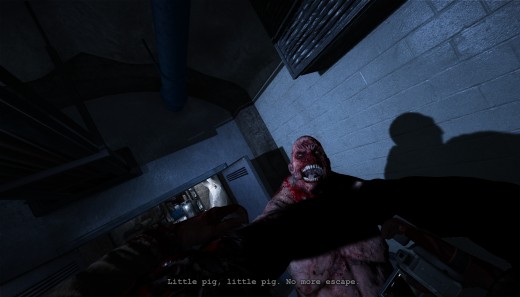
A Few Minutes of Outlast
In this video by TheSw1tcher, they showed the mechanics behind Outlast. Basically:
- You were a normal human with normal human limitations. No impressive feats of physical strength, here.
- You had a camera with a zoom function. Also night vision, but the power is limited.
- To help prevent your camera from running out of power, you have to find discarded batteries that you can insert in your camera.
- You have to venture further into the asylum to complete the game. Sometimes this meant improvising your own path to advance the story.
- All of the mental patients looked like they experienced a high amount of torture. In addition, all of them were stalking you with the intent of killing you.
- You have to find a hiding place when you are being stalked. Or trying to prevent a giant monster of a man from finding you. Luckily, objects like lockers and beds could be used as hiding places. Do not do it when a mental patient is near you, or you will be found out. And beat up. Or worse.
Outlast was a game that made the player scared by placing them in a place that was both visceral in its horror and capable of emphasizing how powerless one was when playing this game.
Slender
Slender was a game where the player had to collect notes while avoiding an entity named Slenderman. And Internet creation, Slenderman's gimmick was that he stalked random people. And nobody knows who he was or where he came from. And there was no way to see him. Using a camera on him would only yield static. He was always somewhere very close to you. And to see a hint of him reduced people into an insane shell of their former selves. Or dead. Slender made it so that seeing Slenderman would be an instant death to the player. The objective was simple. As a random person stuck in the forest, your objective was to collect eight pages. Unfortunately, collecting more pages attracts Slenderman. And from what was written on the pages you collected, Slenderman was something you had to avoid. Fortunately, Slenderman presence once revealed once the screen started gathering static, which meant that the player had to move somewhere else until the static went away.
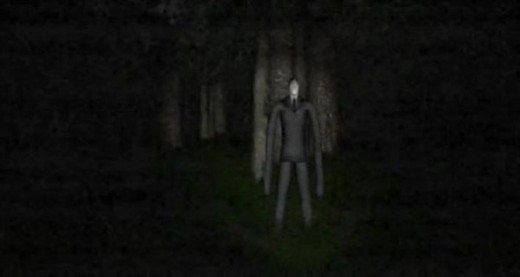
An Attempt to Beat Slender
In this video by The Super Gaming Bros., the basics of Slender was shown:
- You controlled where your character went in a first-person view. You also had a flashlight to help see clearly. The forest you were stuck in was dark.
- All of the pages you had to collect were attached to random areas of the map. Which meant that Slender man would have a better chance of getting you once you started collecting more pages.
- Slenderman can appear anywhere. In a bathroom. Behind some trees. Randomly in front of you.
- Slenderman's presence can be indicated via static on the screen. Massive amounts of static means that Slenderman is dangerously close to you. Run.
Slender was a game that used the feeling of isolation and paranoia to frighten the player. The risk of a jump scare also factored in scaring a player. This was not a game you want to play alone in the dark.
Scare
Games in the horror genre today can scare people easily because the improved graphics of today can make differing atmospheres that emphasize how dangerous and hopeless a situation has become. Games like Five Nights at Freddy's uses the danger of protecting yourself from killer robots while managing a limited power supply to unnerve a player. Outlast places the player in an environment that could easily kill a normal person to make a horrific experience. And a game like Slender uses the constant threat of unexpected game over jump scares to make a terrifying game.

